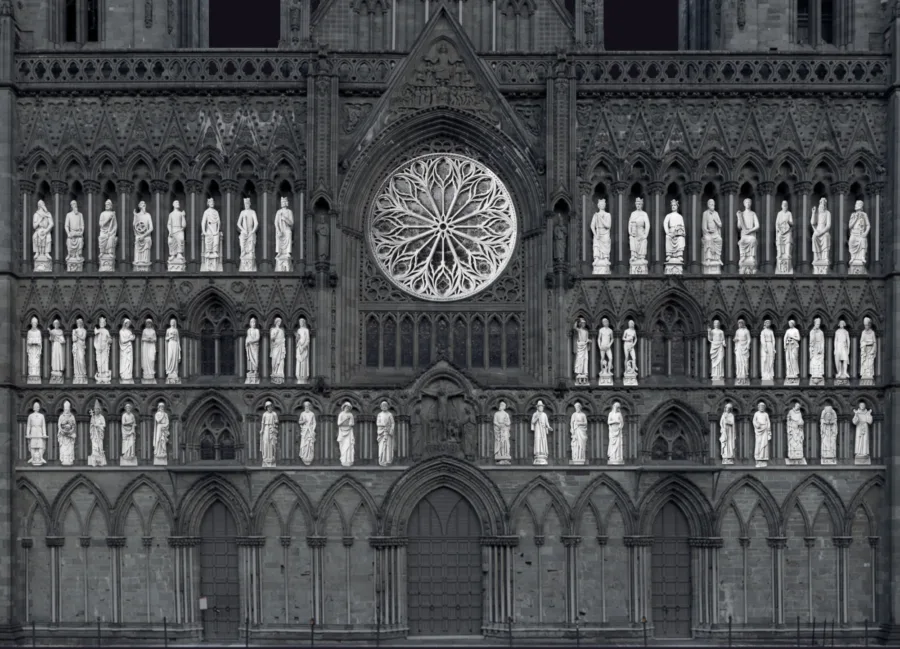St Thomas the Apostle
Thomas the Apostle went from doubt to believing in the face of the resurrected.

He is often called “Thomas the Doubter”. He was not present when Jesus rose from the dead and appeared to the apostles for the first time. When Jesus appeared once again eight days later, Thomas saw the stigmata in Jesus’s hands and feet, and laid his finger on the wound in his side. Now he was convinced and wholehearted in his faith.
After preaching the Christian faith in parts of Asia, Thomas became recognised as the patron saint of both India and Pakistan. According to Indian legend, St Thomas was asked by the local king, Gondoforus, to build him a palace. Instead, St Thomas gave the money to the city’s poor. When Godoforus returned and asked to see his new palace, Thomas replied: “You cannot see it now, only when you have left this world.” At this, the king promptly threw St Thomas in jail.
When the king’s brother Gad died, he was asked by the angels where in heaven he wanted to live. Gad pointed to a palace, but the angels explained that the palace was built by a Christian for his brother Gondoforus. Gad told his brother about this in a dream, and explained that it was possible to obtain true treasures in heaven through faith and goodness on Earth. St Thomas was then released from prison.
The statue
The statue of St Thomas the Apostle is equipped with a set square, which symbolises that he was also a builder.
-
Feast day
3 July (formerly 21 December, St Thomas’s Day, Thomas Brewer, Thomas Full Barrel)
-
Attribute
Carpenter’s square
-
Patron saint of
India and Pakistan, Portugal, architects, construction workers, surveyors, carpenters, masons, stonemasons, and theologians.
-
Invoked against
Blindness and backache. Invoked for a good marriage.
-
The sculpture
The statue was modelled by Stinius Fredriksen and carved by Jakob Skaufel in 1935.


